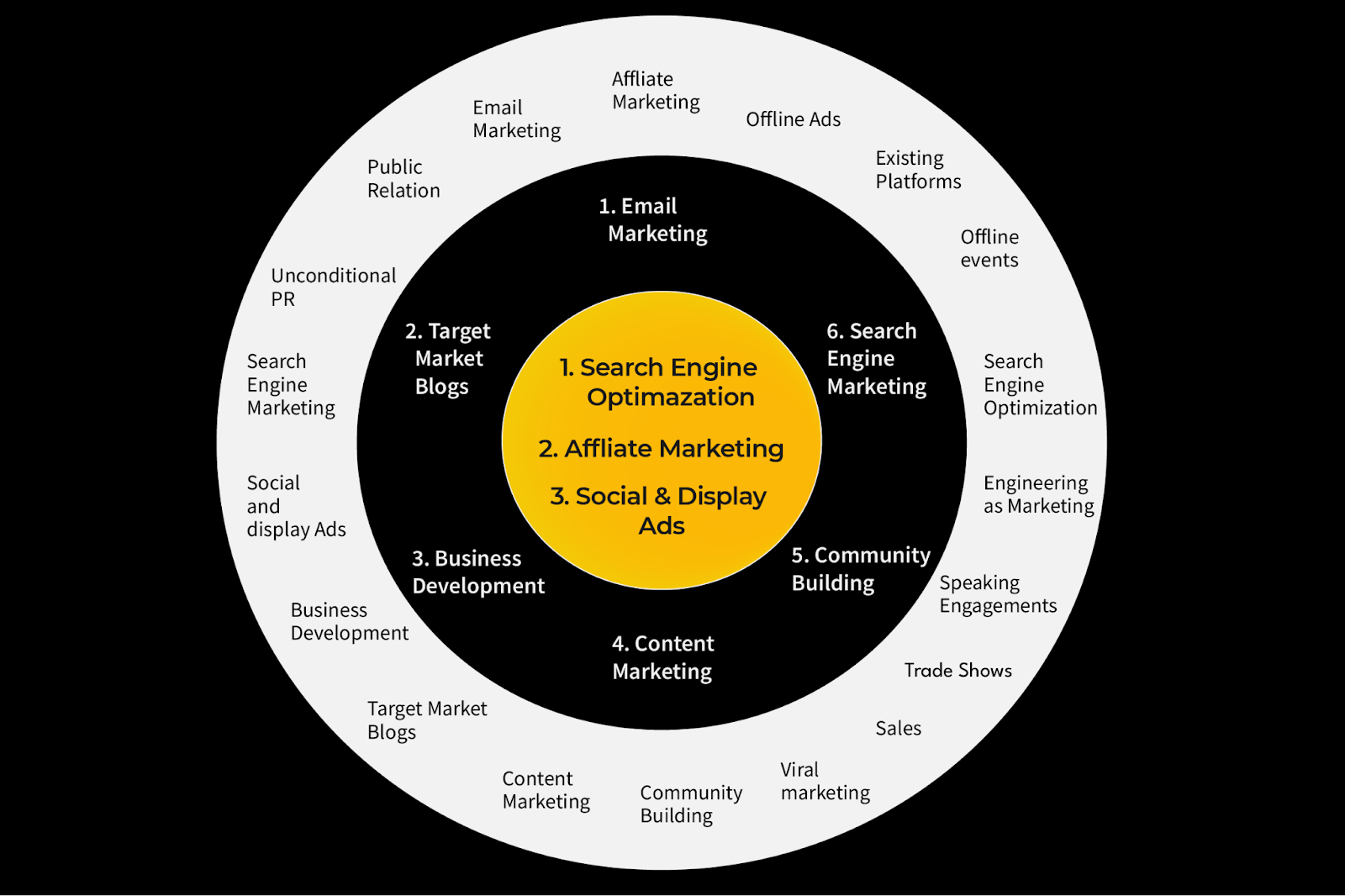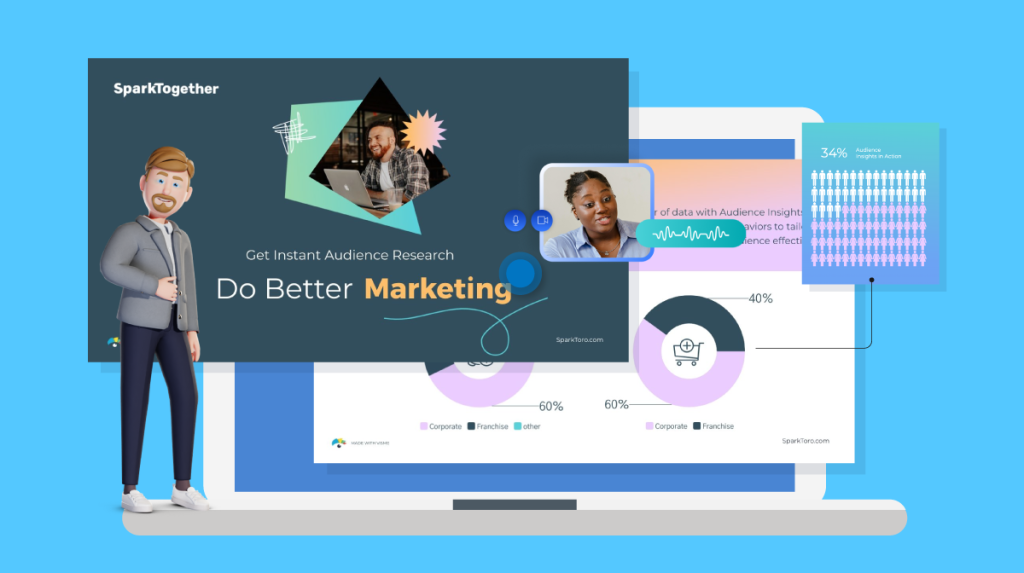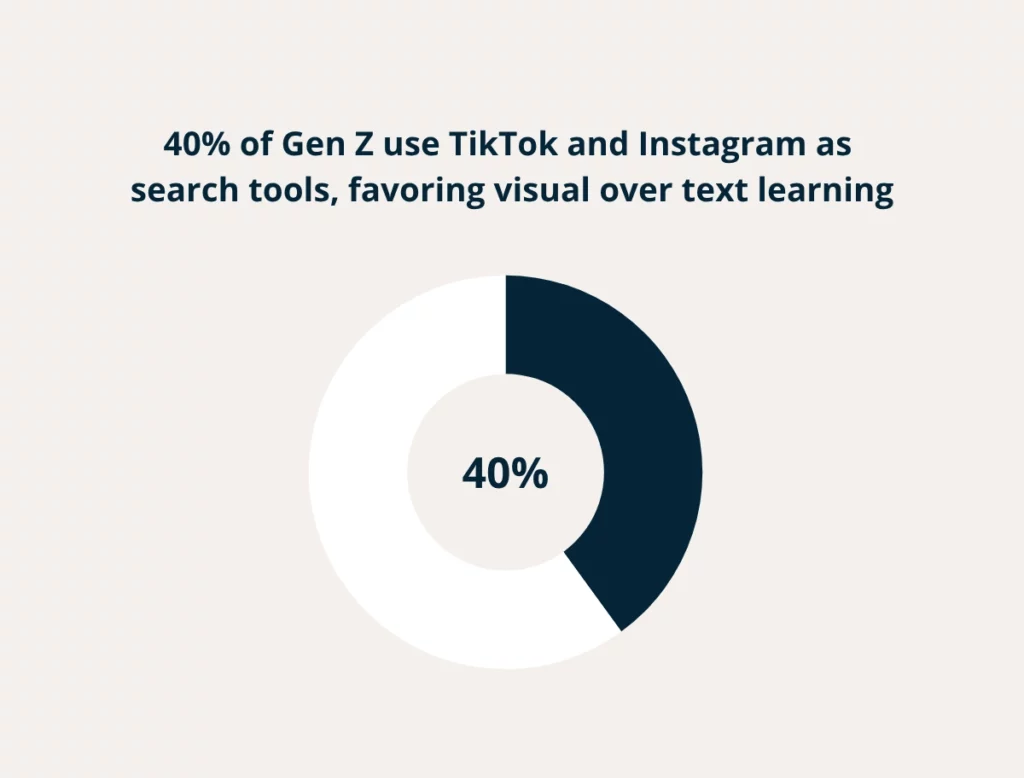Let’s be honest. The old B2B SaaS playbook is getting… tired. Cold emails get lost in the void. Ad costs are skyrocketing. And customers? They’re savvier than ever, trusting peer reviews over polished sales pitches.
So, what’s the alternative? Well, imagine if your customers weren’t just users, but active participants. If they were answering each other’s questions, sharing best practices, and essentially becoming your most passionate salespeople. That’s the magic of community-led growth. It’s not just a buzzword; it’s a fundamental shift from outbound interruption to inbound collaboration.
What is Community-led Growth, Really?
At its core, community-led growth is a business strategy. It leverages a dedicated, engaged community of users to drive key business outcomes—acquisition, retention, and expansion. Think of it like building a town square around your product, not just a support desk.
It’s different from traditional marketing. You’re not shouting your message from a megaphone. You’re facilitating conversations. The goal is to create a network effect where the value of the community—and by extension, your product—increases with every new member. It’s about creating a sense of belonging, a shared identity. You know, the kind of thing that makes people stick around.
The Tangible Benefits: Why Bother?
This isn’t just about good vibes. A well-executed community-led growth strategy delivers a serious ROI. Here’s how.
Supercharged Customer Retention
When users form relationships within your community, they’re not just connected to your software; they’re connected to a network. That makes it incredibly hard to leave. Churn doesn’t just mean losing a tool; it means losing a part of their professional circle. This is one of the most powerful moats you can build.
A Scalable, Self-Service Support Engine
Your most experienced users often answer questions before your support team even sees them. This reduces ticket volume dramatically and provides faster, more authentic help. It’s a win-win-win.
Product Innovation from Your Front Lines
Your community is a live, unfiltered focus group. They’ll tell you what features they crave, what bugs are driving them nuts, and what integrations would make their workflow sing. This is pure gold for your product roadmap.
Authentic, Word-of-Mouth Marketing
A recommendation from a trusted peer is marketing kryptonite. Community members become your advocates, creating case studies, tutorials, and social proof organically. This is the kind of social proof that you simply cannot buy.
How to Build Your Community: A Realistic Blueprint
Okay, you’re sold. But where do you start? Throwing up a forum and hoping people come is a recipe for a digital ghost town. You need a plan.
1. Define Your “Why” and “Who”
Don’t build a community for everyone. Build it for a specific someone. Who is your ideal member? What are their pain points? What value will they get from connecting with others? Your community needs a clear purpose—a shared job-to-be-done.
2. Choose Your Home Base Wisely
The platform matters. Do you use a dedicated platform like Circle or Discourse? A Slack or Discord channel? It depends on the experience you want to create.
| Platform Type | Best For | Considerations |
| All-in-One (Circle, Khoros) | Dedicated, branded spaces. Rich features like courses and events. | Higher cost, more control, less friction for deep discussion. |
| Chat-First (Slack, Discord) | Real-time, informal conversation and quick help. | Can get noisy. Content is harder to organize and search later. |
| Social (LinkedIn Groups) | Leveraging existing networks and low-friction discovery. | You don’t own the audience or data. Branding is limited. |
3. Seed and Nurture Relentlessly
In the beginning, you are the community. You have to be the most active member. Post questions, answer them, share insights, and recognize early contributors. It’s a grind, but it’s essential. You’re planting a garden—you can’t just scatter seeds and walk away.
Some practical ways to seed activity:
- Identify and personally invite your top 50 power users.
- Host weekly “Ask Me Anything” sessions with your founders or product team.
- Create exclusive content or early beta access for community members.
- Celebrate member wins—big and small.
4. Empower, Don’t Control
As the community grows, your role shifts from host to moderator, and then to facilitator. Your goal is to empower members to lead. Identify and reward your champions. Let them start sub-groups, lead discussions, and set the tone. The community should feel like it’s theirs, not yours.
The Pitfalls: What Can Go Wrong (And How to Avoid It)
Community-led growth isn’t a silver bullet. It’s hard work. And things can, and will, go sideways if you’re not careful.
Launching too early. If you don’t have a critical mass of engaged users to start with, the silence will be deafening. Wait until you have a solid base of at least a few hundred active, happy customers.
Treating it as a marketing channel. Members will see right through this. If every post is a sales pitch, they’ll leave. The focus must be on providing value first, last, and always.
Neglecting moderation. A single toxic member or a spam-filled channel can destroy trust and derail everything. Have clear guidelines and be prepared to enforce them. It’s not fun, but it’s necessary.
Under-investing in resources. This isn’t a side project for an intern. It requires dedicated, passionate community managers who have the empathy of a therapist and the strategic mind of a CEO.
Is Community-Led Growth Right for Your SaaS?
Honestly, it might not be. This model thrives when your product is complex, serves a specific niche, or has a high degree of stickiness. If your product is a simple, one-and-done utility, the effort might not pay off. The best fit is often for products where users can learn from each other—think marketing automation, developer tools, or complex data platforms.
That said, the principles of listening to your users and fostering connection are universal. Even if you don’t build a massive forum, you can still adopt a community mindset.
In the end, community-led growth is about recognizing that your product’s value extends beyond its code. It lives in the connections between the people who use it. It’s a long game, for sure. But in a world of noisy, transactional marketing, building a real, human-centric community might just be the quietest, most powerful revolution in B2B.




